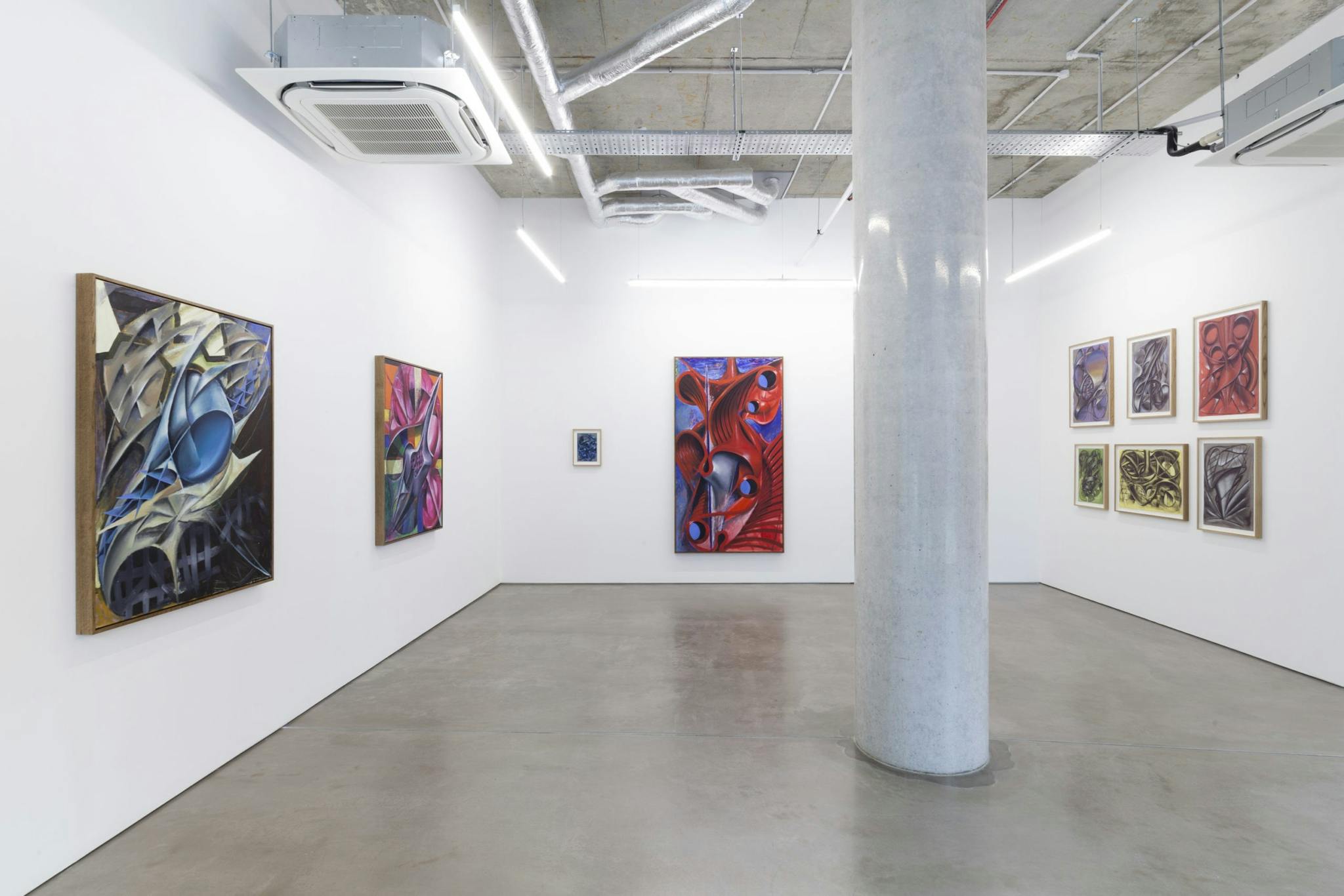
Installation View
Sean Steadman
1,000,000,000,000, 2020
Project Native Informant, London
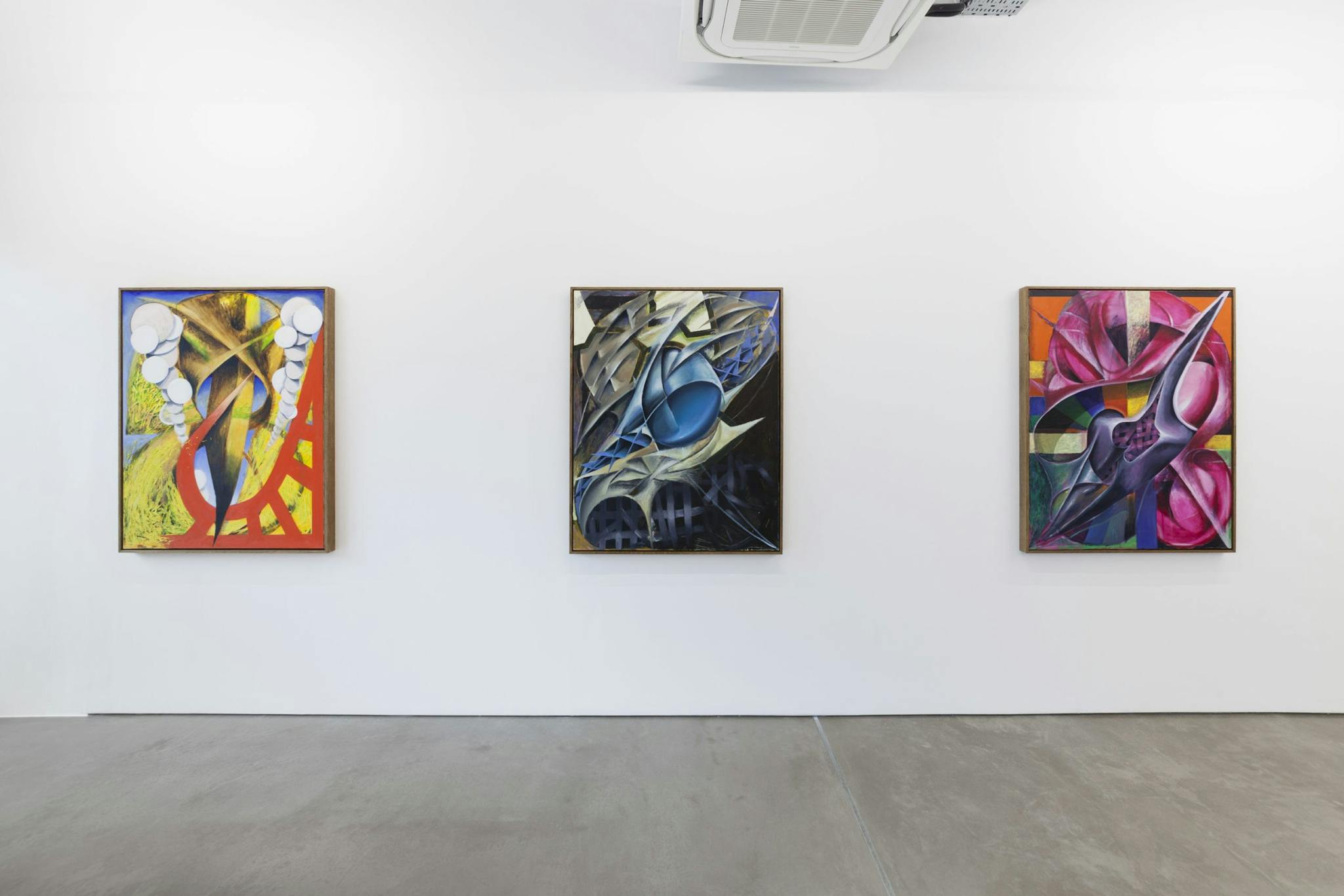
Installation View
Sean Steadman
1,000,000,000,000, 2021
Project Native Informant, London
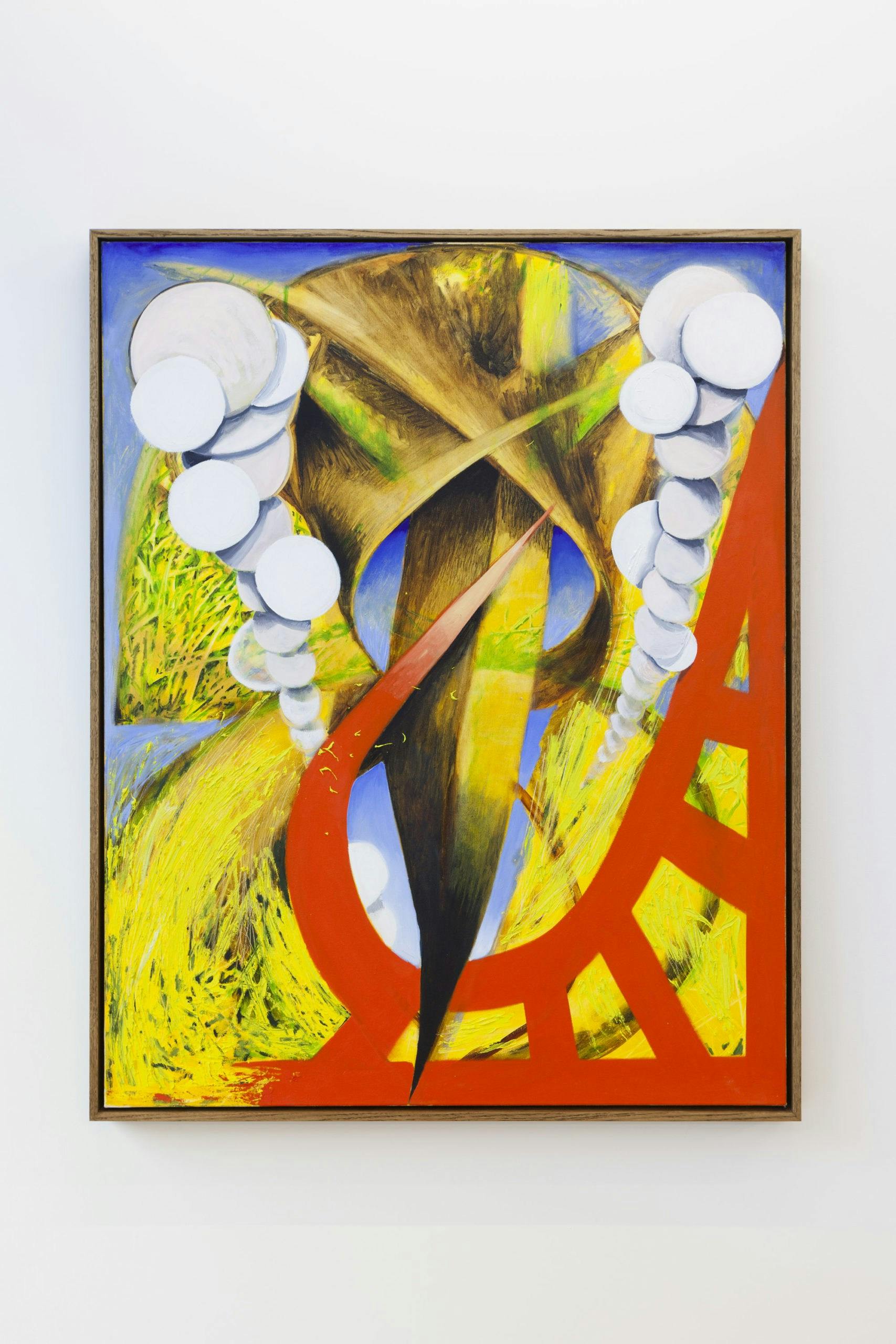
Sean Steadman
Arc
2020
Charcoal and pastel on paper, framed
58.5 x 79 x 4 cm
23 1/8 x 31 1/8 x 1 5/8 in
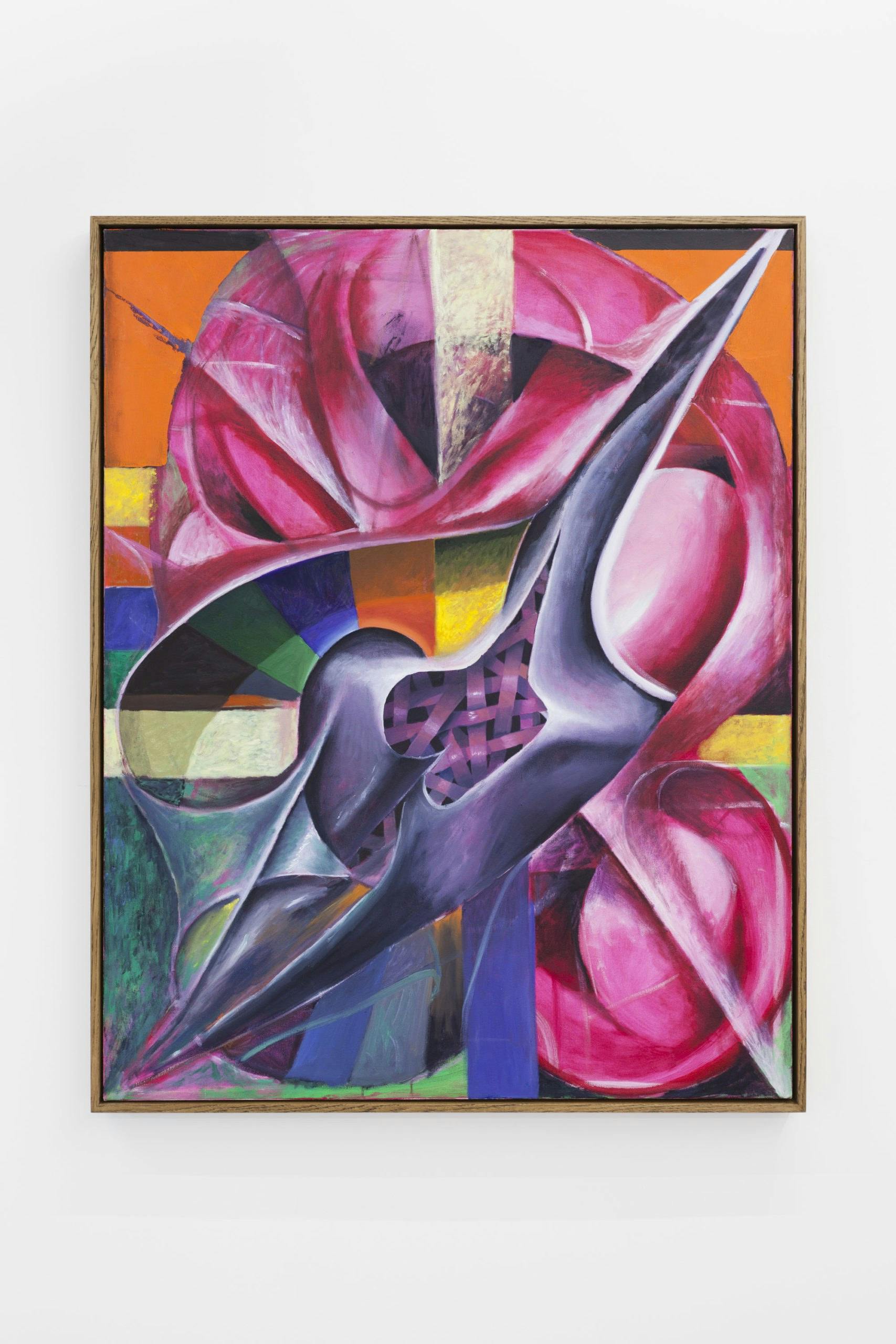
Sean Steadman
Nape
2020
Oil on canvas, framed
123.5 x 98.5 x 6 cm
48 5/8 x 38 3/4 x 2 3/8 in
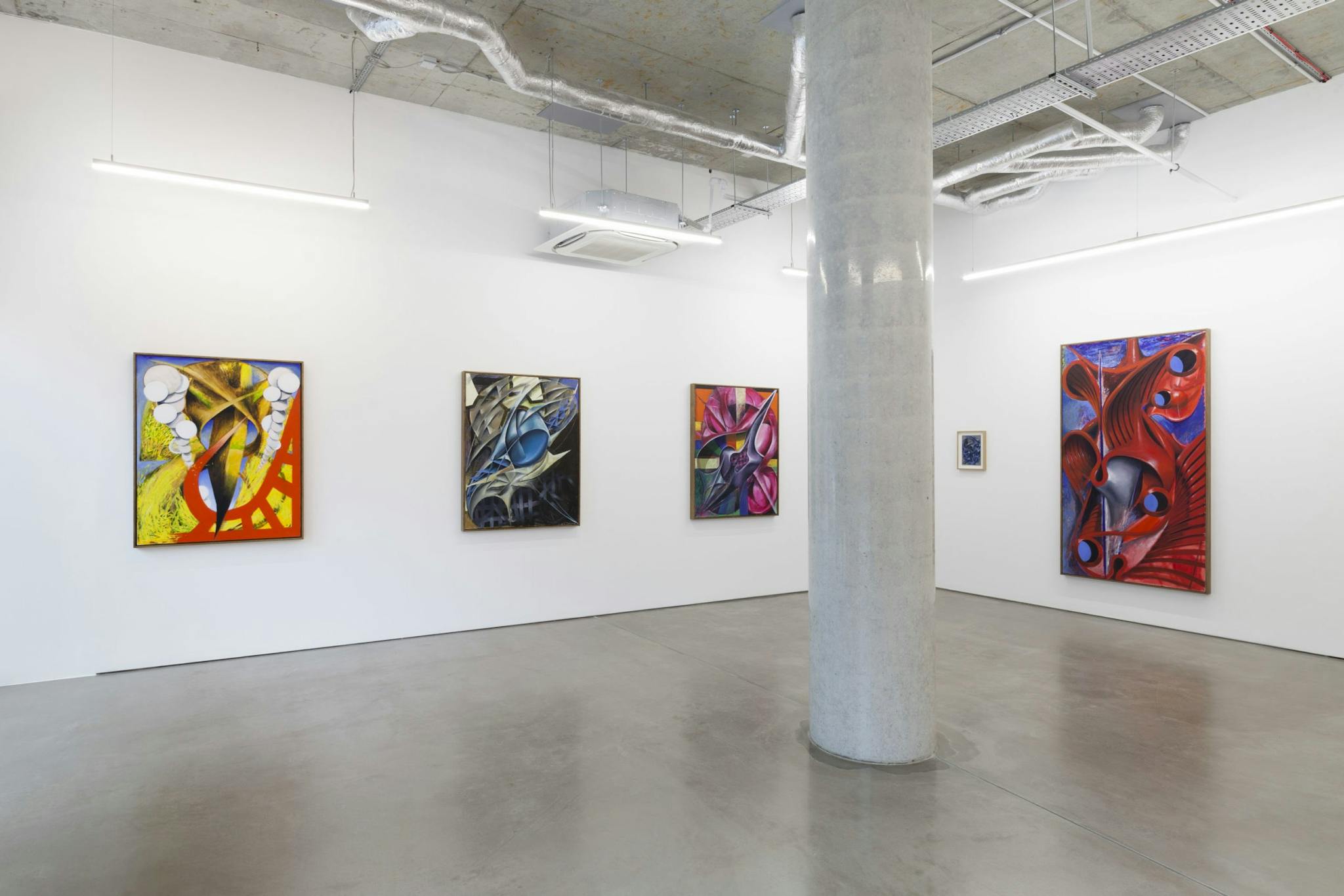
Installation View
Sean Steadman
1,000,000,000,000
Project Native Informant, London
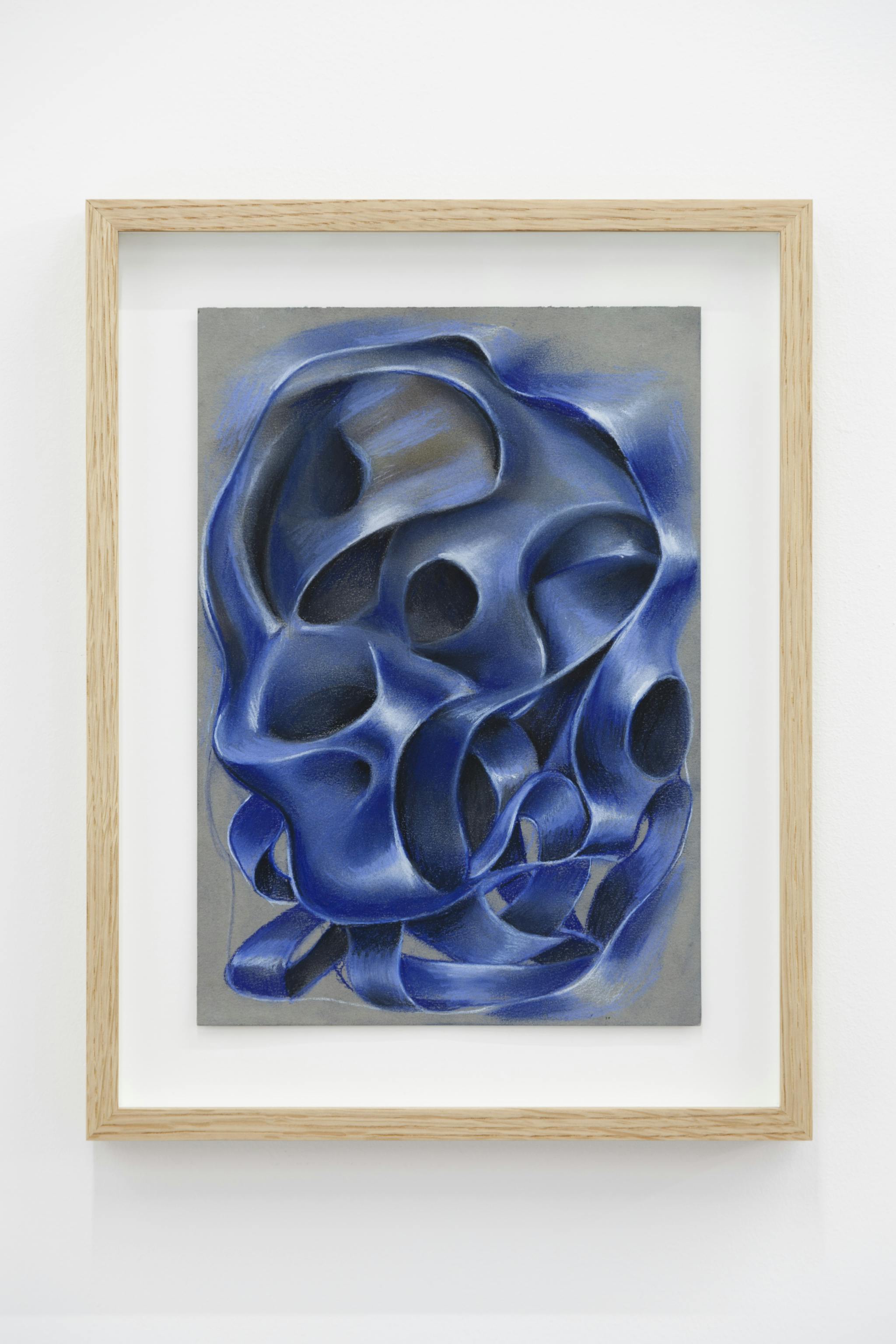
Sean Steadman
Lune
2020
Charcoal and pastel on paper, framed
38 x 29.5 x 4 cm
15 x 11 5/8 x 1 5/8 in
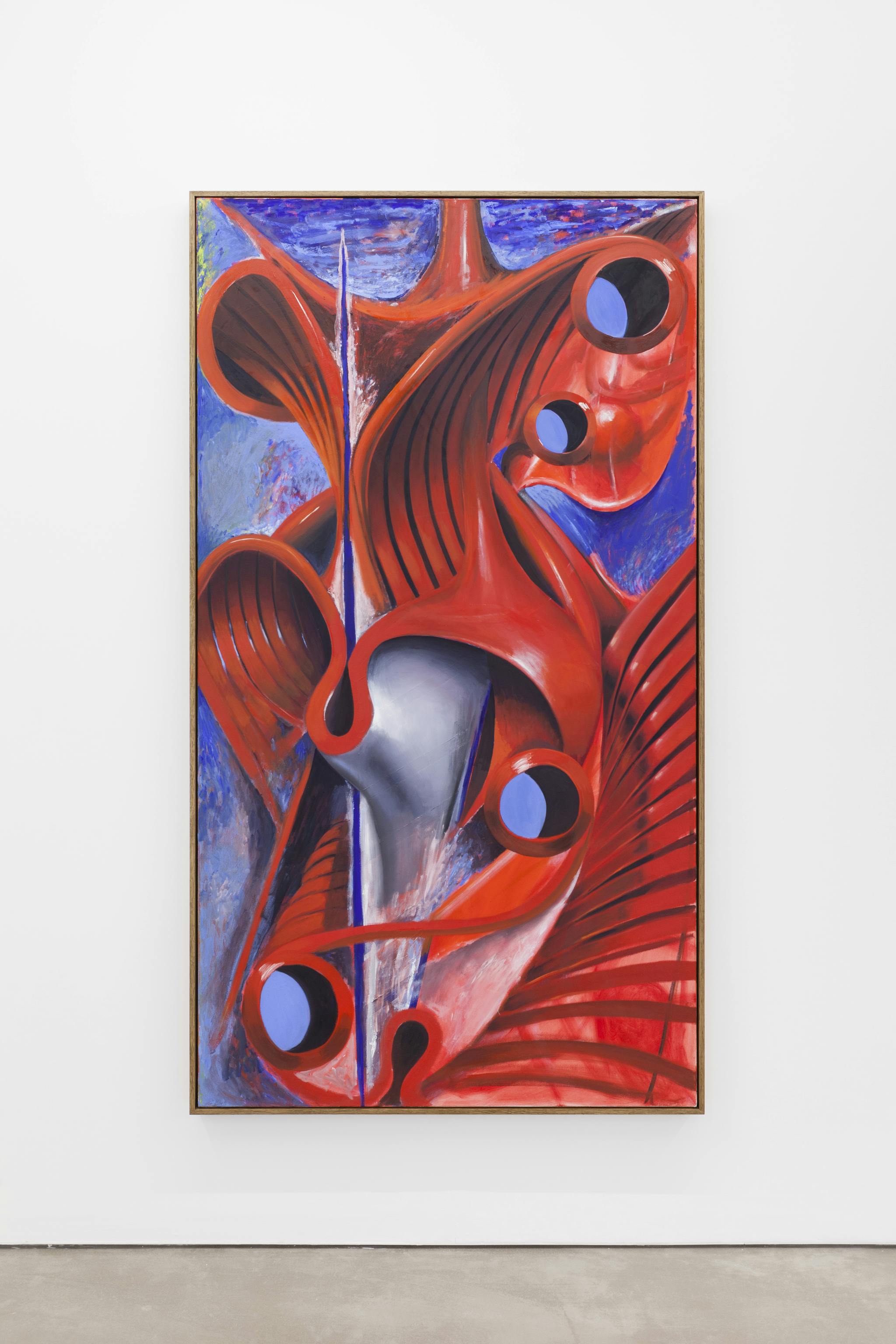
Sean Steadman
Rive
2020
Oil on canvas, framed
203 x 113.5 x 6 cm
79 7/8 x 44 3/4 x 2 3/8 in
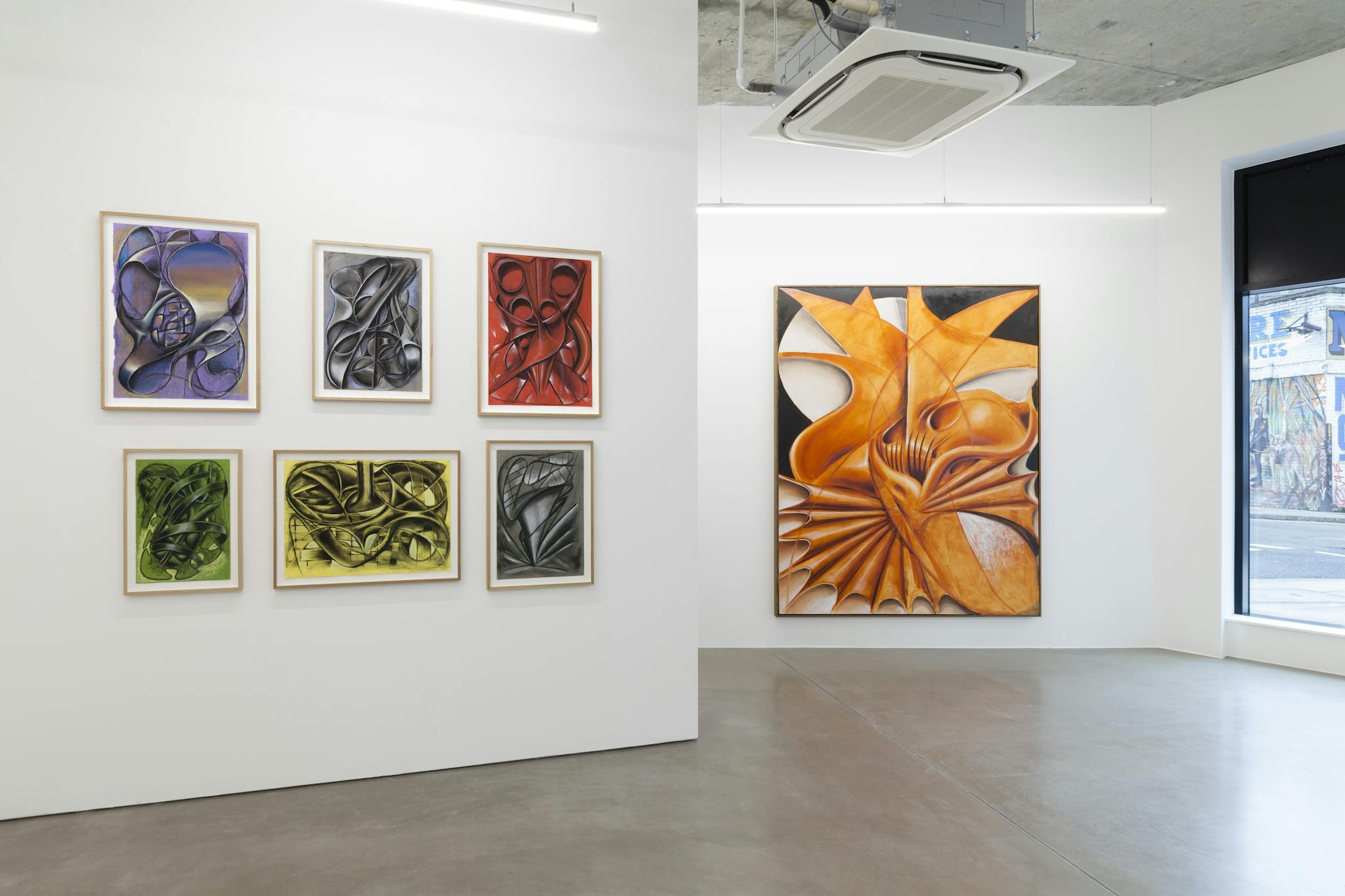
Installation View
Sean Steadman
1,000,000,000,000
Project Native Informant, London
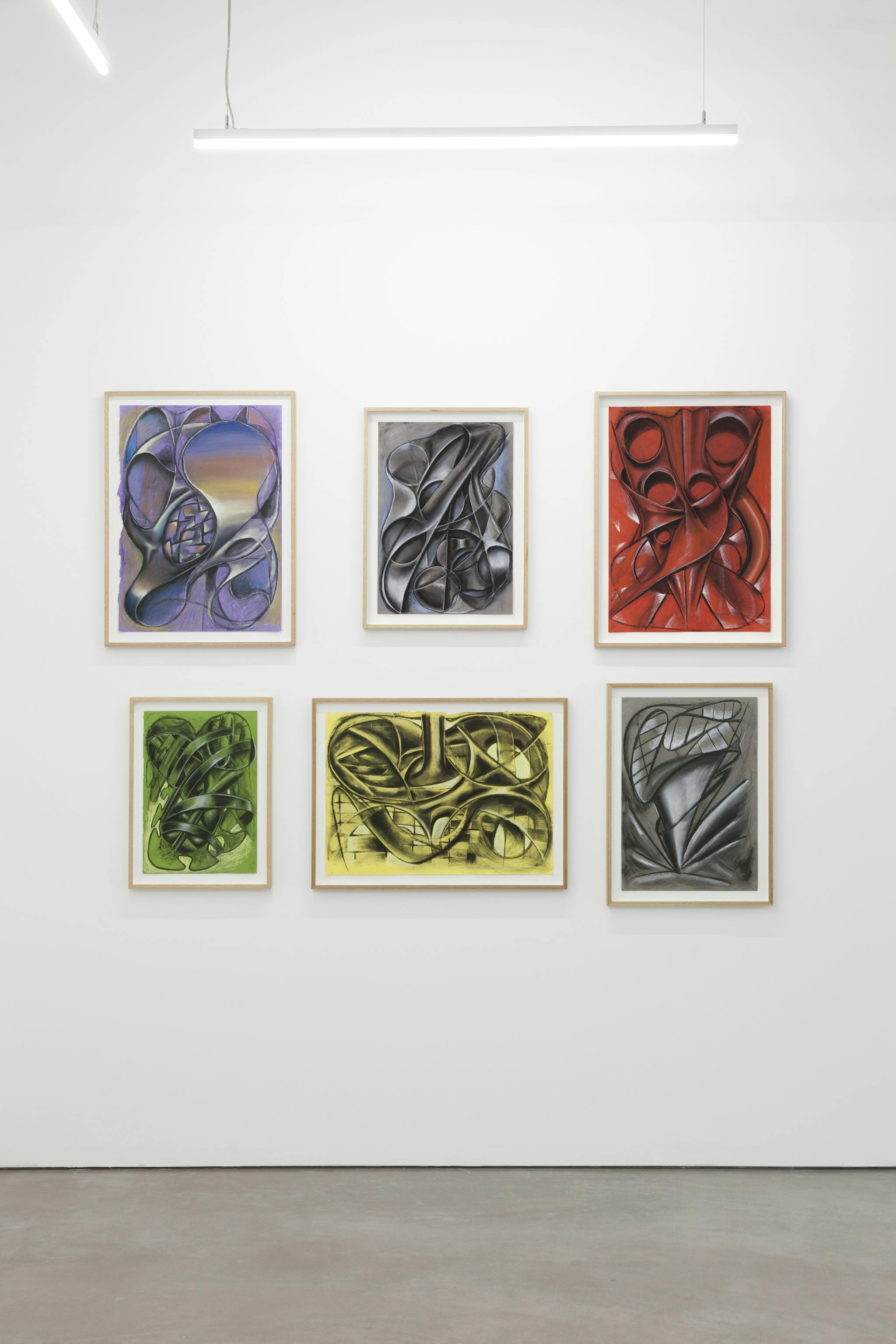
Installation View
Sean Steadman
1,000,000,000,000
Project Native Informant, London
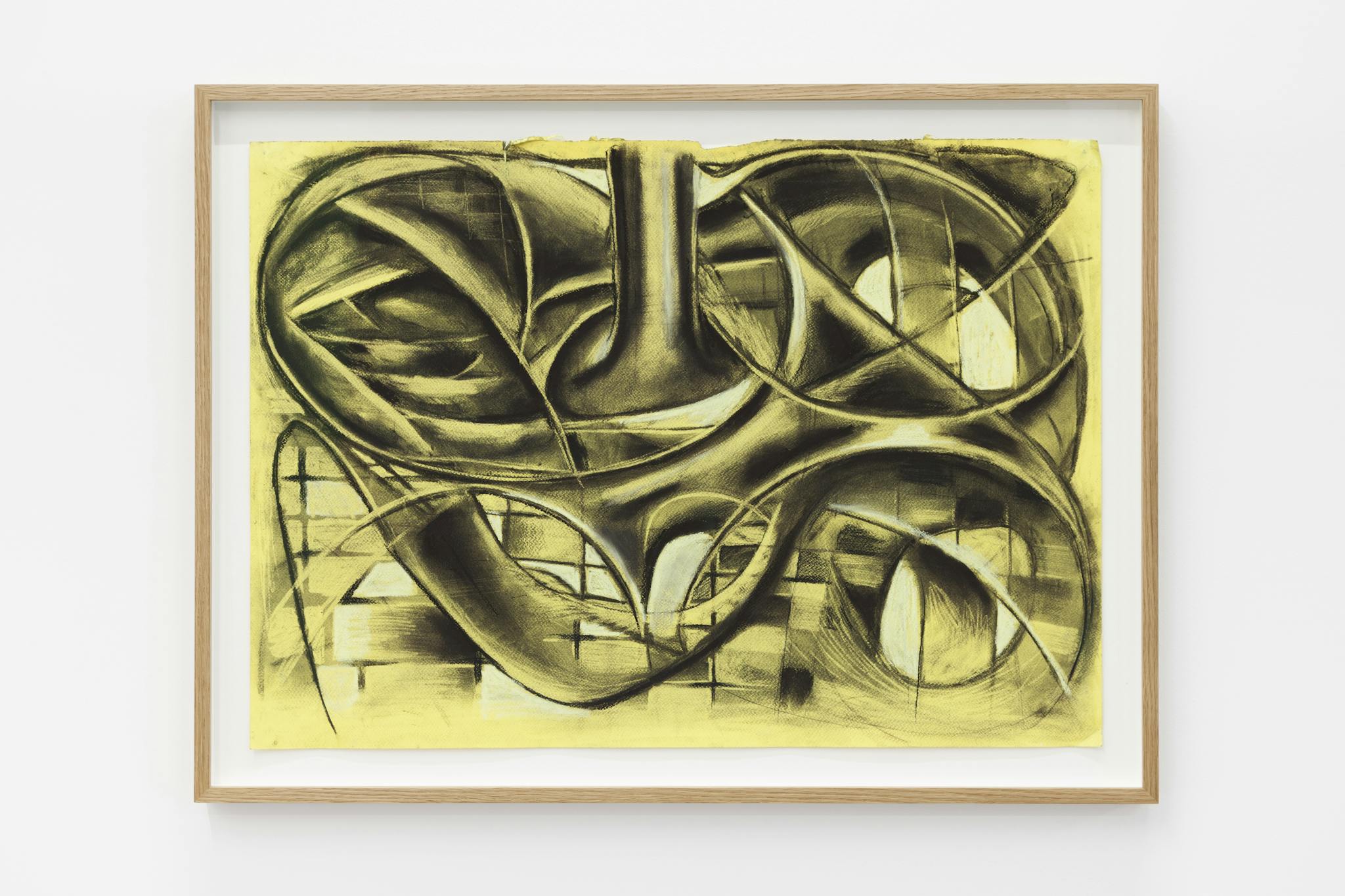
Sean Steadman
Arc
2020
Charcoal and pastel on paper, framed
58.5 x 79 x 4 cm
23 1/8 x 31 1/8 x 1 5/8 in
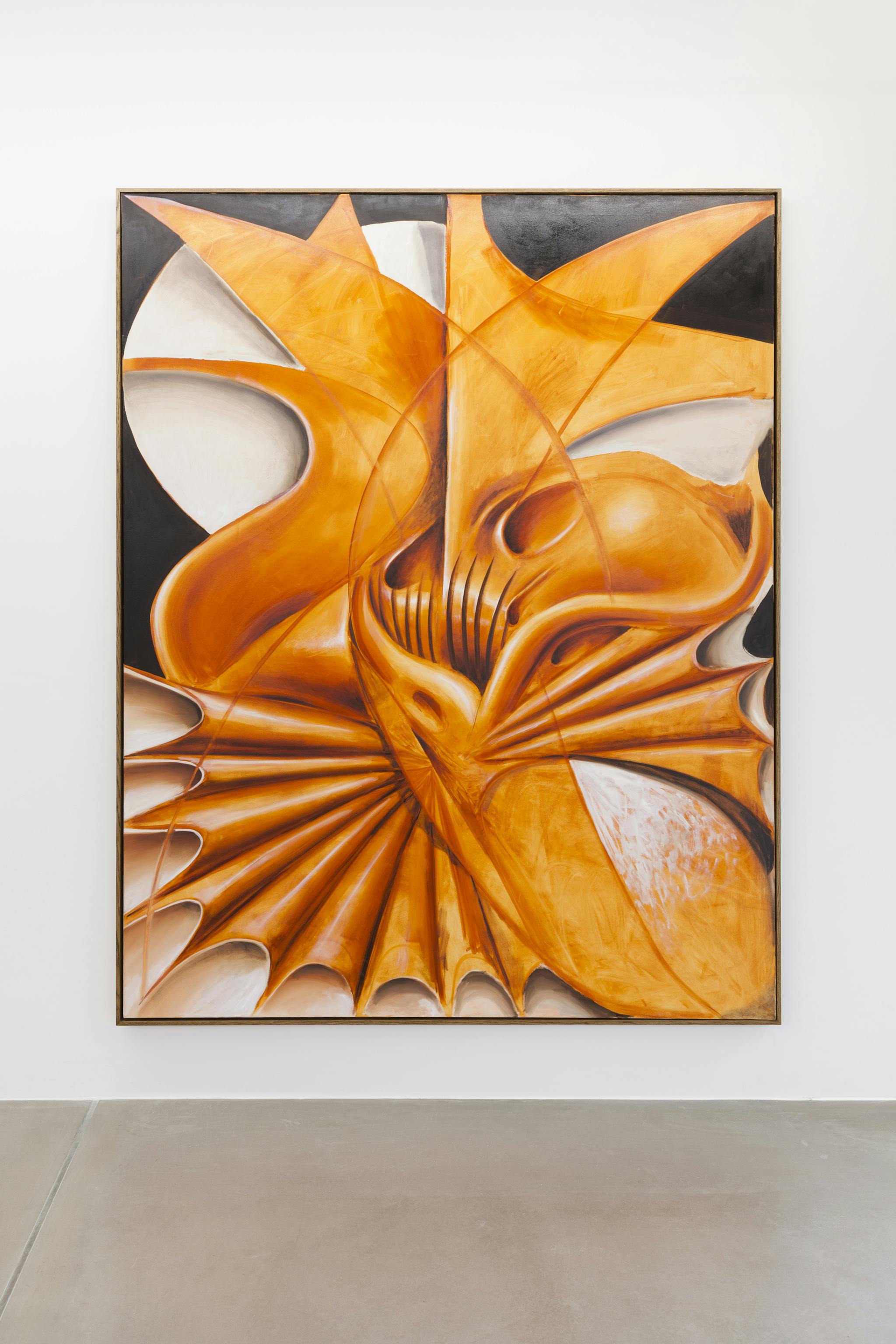
Sean Steadman
Canto
2020
Oil on canvas, framed
244 x 194 x 6 cm
96 1/8 x 76 3/8 x 2 3/8 in
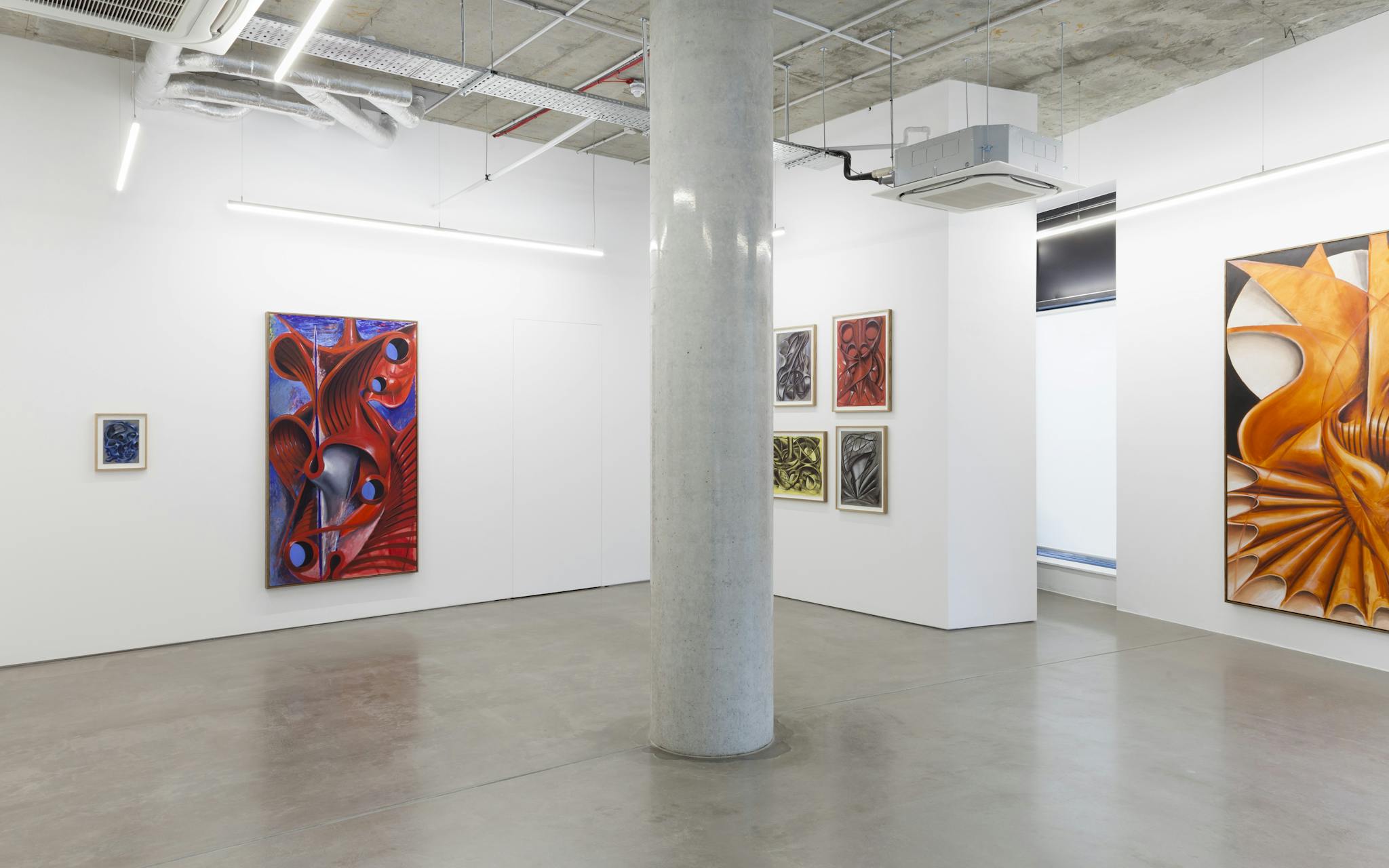
A Trillion is easily counted and computed, yet its huge scale is hard to visualise. In our mind’s eye, we can hold three apples but not a trillion. It’s interesting to think about these paintings and drawings as representations similar to a very large or infinite number. This number denotes the vast negative space of all possible outcomes that are not brought to fruition.
Painting somehow puts sensations and experiences to otherwise overwhelming complexity, it gives it a body. As a concrete aggregate, it is as singular as the commonplace way a tree, body or a rock is unique. Its particularity has a resemblance to all the other objects and nameable things in the world. This likeness, in kind, seems to be a foundation for arts claim to representation.
We know from neuroscience that our experiences are gated, constructed and approximated. Thanks to evolution, our experiences are operationally efficient. However, art pulls at the loose threads. It makes a point to dwell on the noise, junk and excess which would usually be ejected or sublimated by our senses.
Arthur Schopenhauer, who greatly influenced Freud’s thinking, believed that contemplating arts complexity is a way of overcoming the operational machinations of life. He thought we could become “rid of ourselves” through it.
This escape could be considered the goal of painting. Allowing the forms and their emergent sensations to dictate each work, Steadman’s paintings and drawings appear like they are uncovered as much as composed. This notion of relinquishing control is reminiscent of the John Cage quote often repeated by Philip Guston. Describing the painting process, Guston remarked that the studio empties of the people in your head until“then, if you’re lucky, even you leave”.